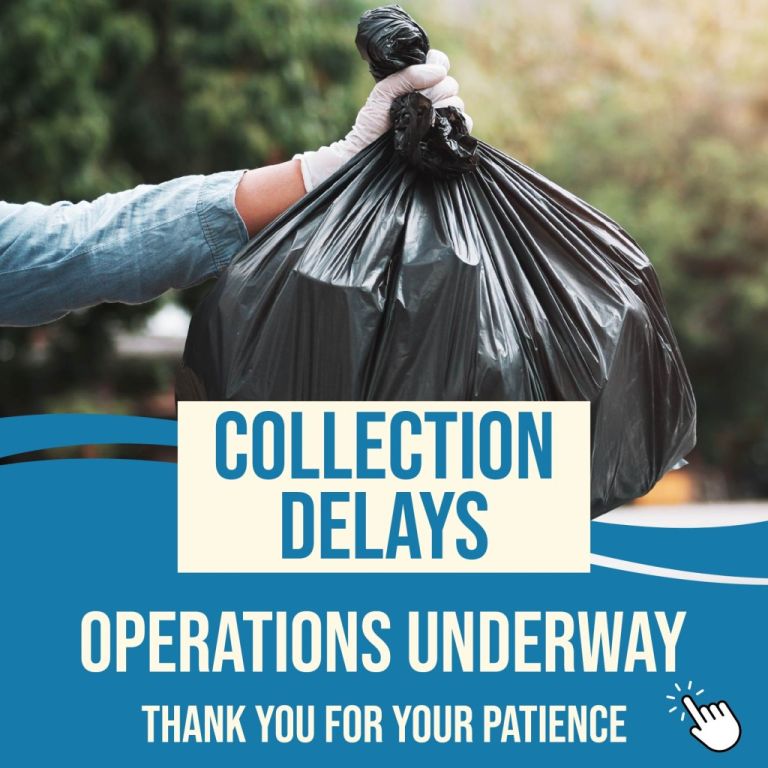These are methods and pesticide alternatives to control insects that destroy gardens and lawns.
White grubs
April–May: White grubs are the insects that cause the most damage to lawns. They are the larvae of June beetles, so named because of the month in which the adult insect emerges.
White grubs begin by attacking the sunniest and driest parts of the lawn, feeding on the roots of blades of grass. The lawn turns yellow and dies, lifting like a piece of carpet because the roots have been completely eaten away.
The larvae, shaped like the letter “C”, live in the ground and emerge when they reach adulthood. In August, they fly in groups to mate and leave their eggs in the soil to begin a second generation.
Either late July or late August is the best time to tackle the grubs, while they are small and feeding close to the surface of the ground. Large larvae are more difficult to combat in the spring and late fall. (Refer to the chart below for contraindicated and best times to treat.)
How to recognize white grubs
White grubs are highly attracted to light so set a trap to catch adults and empty it into a bowl of soapy water to drown them.
- Turn off outdoor lights throughout July.
- Maintain your lawn at a height of at least 8 cm (3 in) to discourage adult insects from leaving their eggs in the ground.
- Cover the ground with a tarp at nightfall.
Attract birds; they are the grubs’ natural predators. - Cut your grass short before using nematodes.
Apply beginning of August to beginning of September as directed by the manufacturer.
In the spring and fall, racoons, skunks and birds feed on white grubs and damage lawns. Minimize the damage by using a physical barrier (e.g., netting or a tarp) or by spreading a repellent on the ground. For instance: Critter Ridder, Fiche le Camp, Scent a Gone and hen manure-based Acti-sol contain a base of cayenne pepper or hen manure.
Chinch bugs spend the winter under trees, shrubs, hedges or along the edge of lawns. In the spring, they lay eggs in the grass. They are especially fond of dry sunny areas to lay their eggs. Brownish patches of lawn appear, turn yellow and die.
- Late May – early June: detect the presence of chinch bugs early in the season with the following flotation test:
Take a tin can with both ends removed and push it several centimetres into the ground in damaged areas. Fill it with water. If there are hairy chinch bugs in it, they will float to the surface. The red insects are nymphs; this is the stage at which they are easiest to eradicate.
The black insects are adults. Infestation level: 20 chinch bugs/16 cm diameter - Mid-July: First signs of infestation
- August: Major damage is obvious after weeks of hot dry weather
Warning: Not to confuse with drought period.
How to dispose of them
Create a hostile environment
- Varieties of grass seed enriched with endophytes (microscopic fungi that live inside the tissue of plants and produce repulsive substances that deter chinch bugs); these are shown to be resistant to chinch bugs and tolerant of dry weather and stress.
- Long grass 8 cm (3 in), which maintains soil humidity and shade.
- Use green methods from June to August.
- Dishwashing liquid is recognized for its insecticidal action. Tests have shown that a concentration of 5% to 10% is effective against chinch bugs. Dilute 100 ml of dishwashing liquid in 2 litres of water. Apply to the soil by soaking the lawn with soapy water until there is a metre of solution around the damaged area. Water the lawn thoroughly to ensure that the solution comes into contact with the bugs. The treatment will act within 24 hours. Repeat two or three times, every 5 to 6 days.
- Treatment with Safer’s Insecticidal Soap: End-All (20 ml/litre of water) or Trounce (50 ml/litre of water): insecticidal soap contains a natural pyrethrum base (from chrysanthemum flowers) of pyrethrin, oil or fatty acids that destroys the eggs and adults. Best applied in the evening or on cloudy days.
Ants
These small brown ants usually make their nests in flagstones or in asphalt cracks. They prefer dry sandy grass. Borax bait (or boric acid) is also very effective in destroying entire colonies of ants while being environmentally friendly.
Ants feed on the honeydew of aphids found in trees and other vegetation. This is why they protect them.
The ants prevent the aphids’ natural predators, such as lacewings, ladybugs and flower flies, from keeping the population in check.
The presence of ants does not put your tree’s health at risk. Dead wood from underlying issues attracts ants.
- Physical barrier preventing the ants from protecting the aphids
- Sticky collar around the tree
- Ecological products to control ants
- Boiling water poured on the ant hill
- Lemon or orange puree (juices mixed with the peelings).
- Borax in small containers near the colonies.
- Compost to the lawn; this will increase humidity and disturb the ants’ habitat.
- Around the foundations and in the house, sprinkle diatomaceous earth (Insectigone for instance) where the ants travel, around doorframes and window frames, and along the foundations. Repeat after a rainfall. Block outside holes with steel wool sprinkled with diatomaceous earth.
Information: 514 684-3114 (Green Line)
